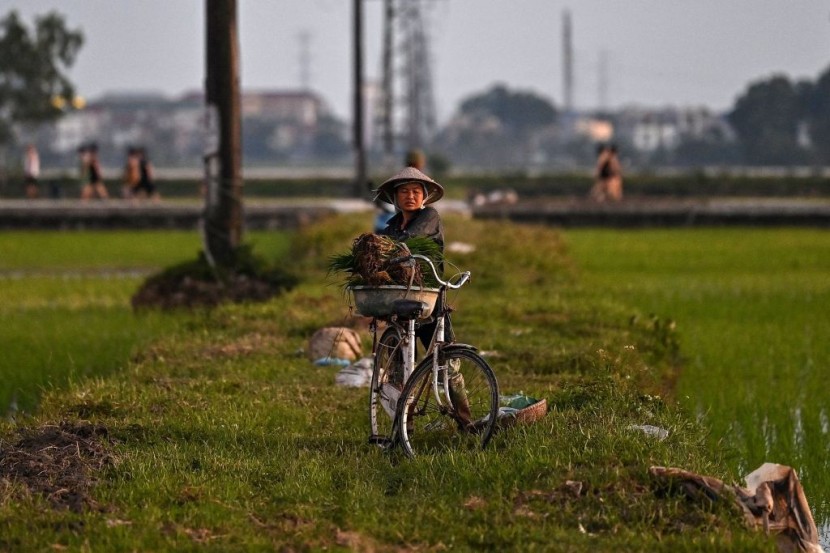Vietnam has been encouraged to implement severe steps to balance its rice exports and reserves to maintain food security in the face of changes in the global food chain.
After recent announcements by India, the United Arab Emirates (UAE), and Russia that they would be suspending their own rice exports, the price of the nation's rice for sale has soared to a record high in more than ten years.
Concerns about a limited supply source have been highlighted by the most recent limitation on rice exports by a number of rice and cereal growers, driving up the cost of both Vietnamese and Thai rice to its highest point in the last week, as reported by Bloomberg.
According to the Vietnam Food Association (VFA), several importers have deliberately sought Vietnamese companies to buy rice, paying between US$10 and US$25 more per tonne than before India's prohibition.
Statistics show that prices for Vietnamese and Thai 5% broken rice increased slightly over the weekend to US$575 and US$600 per tonne, respectively, representing rises of 35 percent and 52 percent over the same period last year.
Over the next month, it is anticipated that the cost of Vietnamese 5 percent broken rice will likely increase to US$600 a tonne.
Many markets, including China, the Philippines, and Indonesia, are increasing their Vietnamese rice imports.
Read also: Vietnam Aims to Boost Renewables, but Fossil Fuels Still a Major Part of the Mix
Vietnam Ensures Food Security
Despite the benefits garnered from expanding export markets and prices, experts remind that the number one goal remains to guarantee food security and local demand.

In order to fulfill rapid demand in the event of a pandemic or a natural calamity, the General Department of State Reserves has now prepared the greatest store of rice at 250,000 tonnes.
Farmers are also expected to concentrate on the structure of medium and short-term rice varieties in an effort to avoid drought and salinity, especially in the Mekong Delta region, since the summer-autumn rice crop is projected to be influenced by the El Nino phenomenon.
Vietnamese rice production is anticipated to surpass 43 million tonnes this year thanks to implementing these solutions, assuring food security in various situations.
In particular, rice traders are expected to coordinate the purchase and consumption of paddies to ensure benefits for rice growers while maintaining minimal reserves, as per the Government's directive 107 on rice export.
Rice exporters are responsible for setting up the rice distribution system, providing the rice stock and the stored rice right away in an effort to stabilize the market in the event that the price of domestic rice skyrockets and becomes excessive.
According to Deputy Minister of Agriculture and Rural Development Phung Duc Tien, Vietnam is likely to export about eight million tonnes of rice worth more than US$4 billion this year, despite the complex El Nino developments and geopolitical tensions that have compelled many countries to increase their food reserves.
Related article: China Violates Vietnam Exclusive Economic Zone After Deploying Ships From Russian-Run Gas Fields








